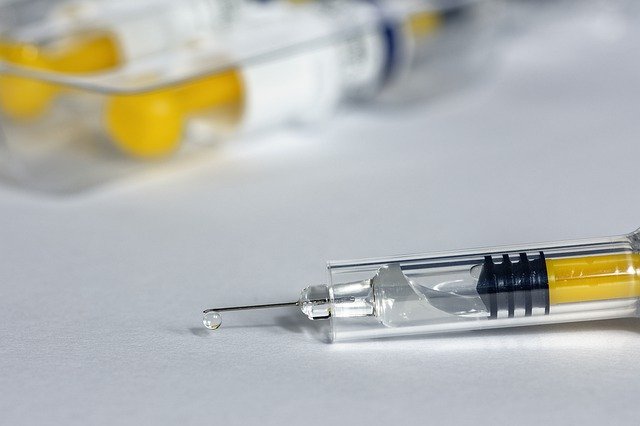
Vaccines have been all over the news for quite a while now - and this has unfortunately created a lot of opportunities for misinformation to spread. As a result, lots of people now have doubts about vaccines, their efficacy, and how they work.
While it's important to be careful where health is concerned, it's also important to understand the history of vaccinations and the places where our modern understanding of vaccines has come from. Throughout history, the world has been subjected to a myriad of different diseases that have killed millions of people. But humans fought back by developing vaccines that would go on to save millions of lives.
In this blog post, we'll take a brief look at the history of vaccines to see some of the amazing things that can be achieved through science. Hopefully, this will help to ease any worries you may have about the various COVID-19 vaccines!
[more]
The first vaccines
The first time the world was introduced to some sort of immunisation practice was hundreds of years ago, when Buddhist monks consumed snake venom in an effort to make themselves immune to snake bites.
However, English physician and scientist Edward Jenner is considered the father of vaccines because of his scientific approach, which proved that his methods could be effective. In 1796, he vaccinated a 13-year old boy with cowpox, resulting in an immunity to smallpox. Two years later, in 1798, the first smallpox vaccine was created. The mass implementation of smallpox vaccines over the centuries that followed eventually led to the worldwide eradication of smallpox, verified by the World Health Organisation in 1980.
By the late 1940s, our scientific knowledge had developed to the point where large-scale vaccine production was achievable and efforts to control global diseases could seriously begin. This led to the development of routinely recommended vaccines in the early 20th century - including vaccines for diseases such as pertussis (1914), diphtheria (1926), and tetanus (1938). From 1949 onwards, these three vaccines were combined and administered together in the form of what we now call the DTP vaccine.
Further vaccine developments
Viral tissue culture methods were enhanced between 1950 and 1985, leading to the discovery of the Salk (inactivated) polio vaccine and the Sabin (live attenuated oral) polio vaccine. Thanks to these vaccines, many parts of the world were able to eradicate polio.
The next big target for vaccinologists was measles. Weakened strains of measles - as well as mumps and rubella - were developed for inclusion in vaccines. American microbiologist Maurice Hilleman developed the MMR vaccine, which was first licensed in 1971.
The vaccine for Haemophilus influenzae type b (Hib) was licensed in 1985 and placed on the recommended schedule for mass immunisation programmes in 1989. In 1994, when the schedule was published again the hepatitis B vaccine had been added.
Resistance to vaccines
Despite the proven evidence that vaccines and mass immunisation programmes could be extremely effective, there has always been resistance to vaccinations from some groups.
The late 1970s and 1980s were a time of increased litigation and decreased profitability for vaccine development, leading to a reduction in the number of organisations creating vaccines. The same anti-vaccine groups are still around to this day and continue to make a stand against mass immunisation.
The vaccines of today and the future
Over the last twenty years, molecular genetics has been applied to provide insights into immunology, microbiology and genomics for vaccine development. This has led us to the production of a less reactogenic acellular pertussis vaccine, as well as new methods for developing seasonal influenza vaccines.
Molecular genetics has shown us that we can look forward to a positive future in vaccinology. With the development of improved delivery methods and new adjuvants, we can now create more effective vaccines and new vaccines to fight against diseases such as streptococcal disease, respiratory syncytial virus (RSV) and pandemic influenza. The multiple COVID-19 vaccines that have been developed in the past 12 months are a fantastic example of what can now be achieved.
* * *
This was a very brief look back into the history of vaccines across the world. We hope this has helped to better your understanding of where the vaccines of today have come from and how they can be used to saved millions of lives.
More resources:
Photo from Pixabay
